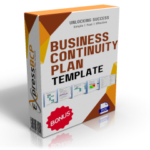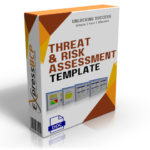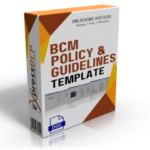In a crisis, confusion is the enemy. One of the fastest ways for even the most experienced leadership team to flounder is to let complexity overtake clarity. Clear information. Clear roles. Clear action. That’s the difference between a crisis that’s controlled and one that controls you.
Why Information Management is Everything
The British Standard for Crisis Management (BS 11200) reminds us that successful crisis management hinges on accurate, timely and reliable information. But gathering that information is only part of the challenge. You need to filter it, verify it, distribute it, and—most importantly—act on it. In the noise of a fast-moving event, information overload is real. That’s where structure matters.
A solid information management process helps you avoid being swamped by raw data, rumours, or conflicting reports. It ensures the right information gets to the right people at the right time. That means fewer delays, fewer mistakes, and faster, more confident decisions.
The Power of Roles, Responsibilities—and Knowing When to Stay in Your Lane
The British Standard also reinforces the importance of defined roles and responsibilities. That doesn’t mean building a new org chart every time something goes wrong. It means taking your best people—the ones who lead and manage under pressure every day—and assigning them crisis roles that reflect their business-as-usual expertise.
For example:
- Your Head of IT should own technology response.
- Your Communications Lead should handle messaging.
- Your HR team should manage welfare and staffing issues.
This approach brings confidence, speed, and accountability. It also avoids the chaos of overlapping duties and the “who’s doing what?” syndrome that kills momentum.
And when something’s outside your team’s experience? Bring in the right internal or external subject matter expert (SME). You don’t need to know everything. You need to know how to access the right expertise, fast.
Scenario-Agnostic Plans Win Every Time
The best crisis management plans don’t try to predict every possible event. They don’t give you a giant binder full of checklists that no one reads. Instead, they’re built around principles and structures that can flex and adapt to any situation—natural disaster, cyberattack, product failure, or reputational hit.
You can’t plan for every scenario, but you can build a response framework that works for all of them:
- Clear roles and responsibilities
- A simple escalation path
- A common operating picture
- Trusted sources of truth
- Strong internal and external communications
When you get those things right, it doesn’t matter what kind of crisis you’re in—because your team already knows how to lead through it.
The ‘So What?’
Crisis management isn’t about complexity. It’s about clarity of information, of leadership, and of purpose. Build your plan around the strengths of your people, trust your SMEs, and create a flexible framework that can handle anything. Because when the pressure hits, clarity always beats complexity.







